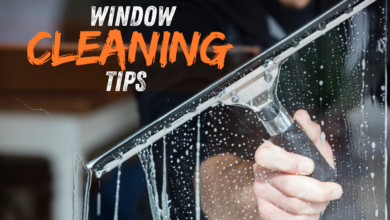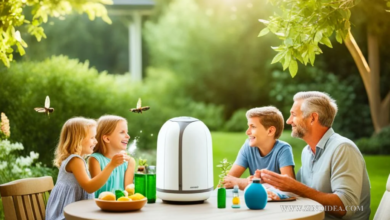Comprehensive Guide to Choosing the Best Security Cameras
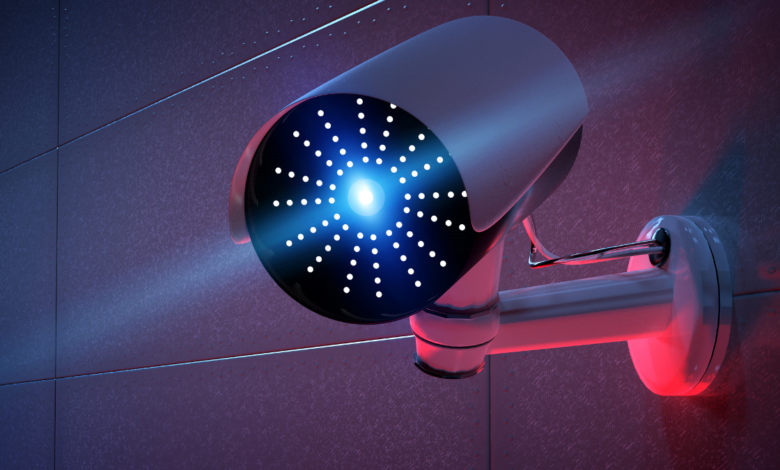
In the digital age, security cameras have become an integral part of protecting our homes and businesses. With a plethora of options available in the market, choosing the right security camera can be overwhelming. In this guide, we will provide you with comprehensive insights to help you make an informed decision.
Types of Security Cameras
1. Dome Cameras
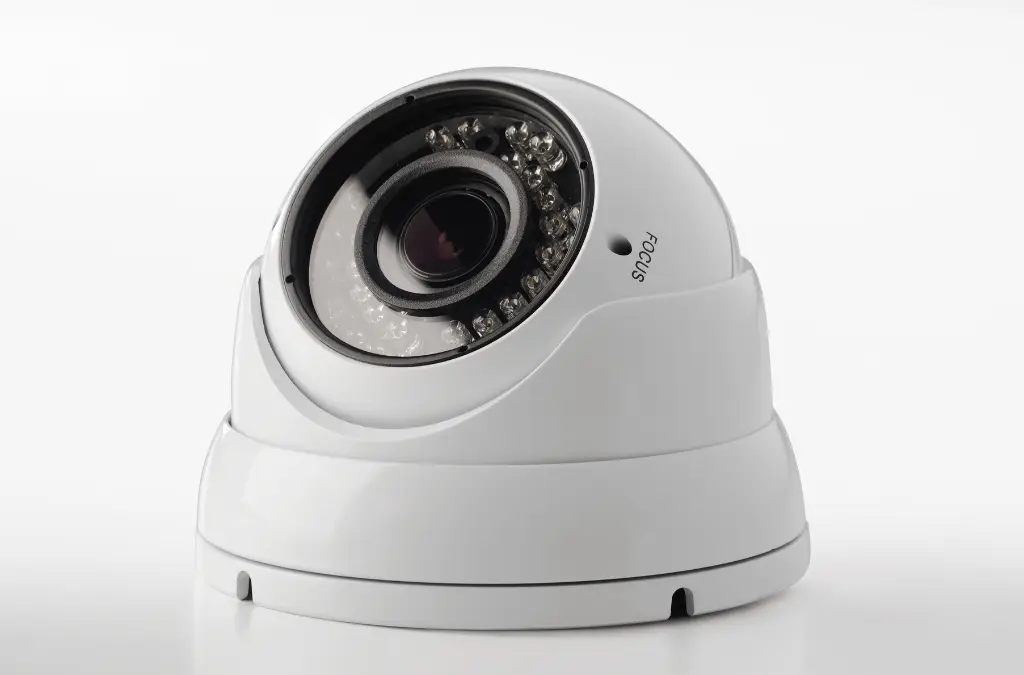
Dome cameras are popular for their discreet design and 360-degree coverage. They are suitable for both indoor and outdoor use and are often vandal-resistant, making them ideal for high-risk areas.
2. Bullet Cameras
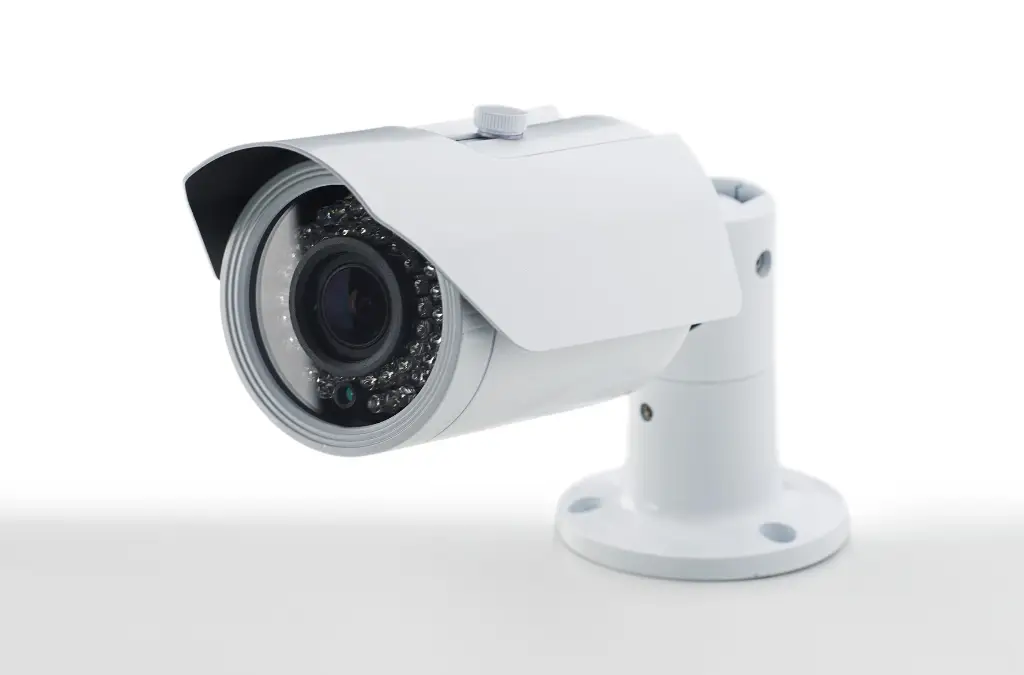
Bullet cameras are characterized by their long, cylindrical shape, making them easily noticeable. They are suitable for long-range viewing and are often used in outdoor settings where visibility is crucial.
3. PTZ Cameras
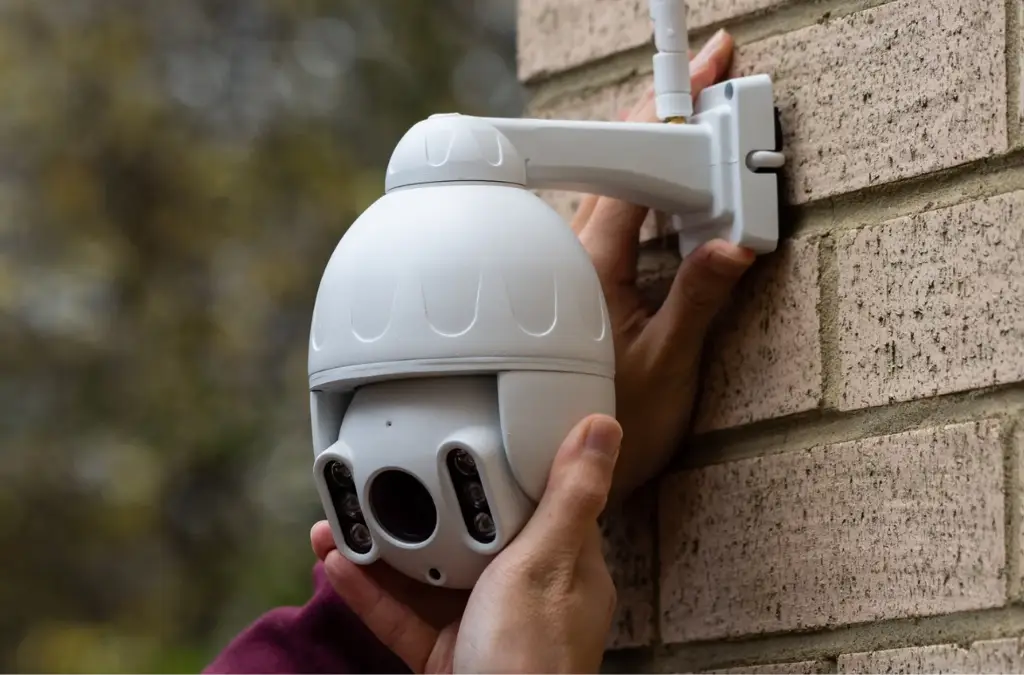
PTZ (Pan-Tilt-Zoom) cameras offer the flexibility to adjust the viewing angle and zoom in on specific areas remotely. They are ideal for large areas that require comprehensive surveillance.
4. Wireless Cameras
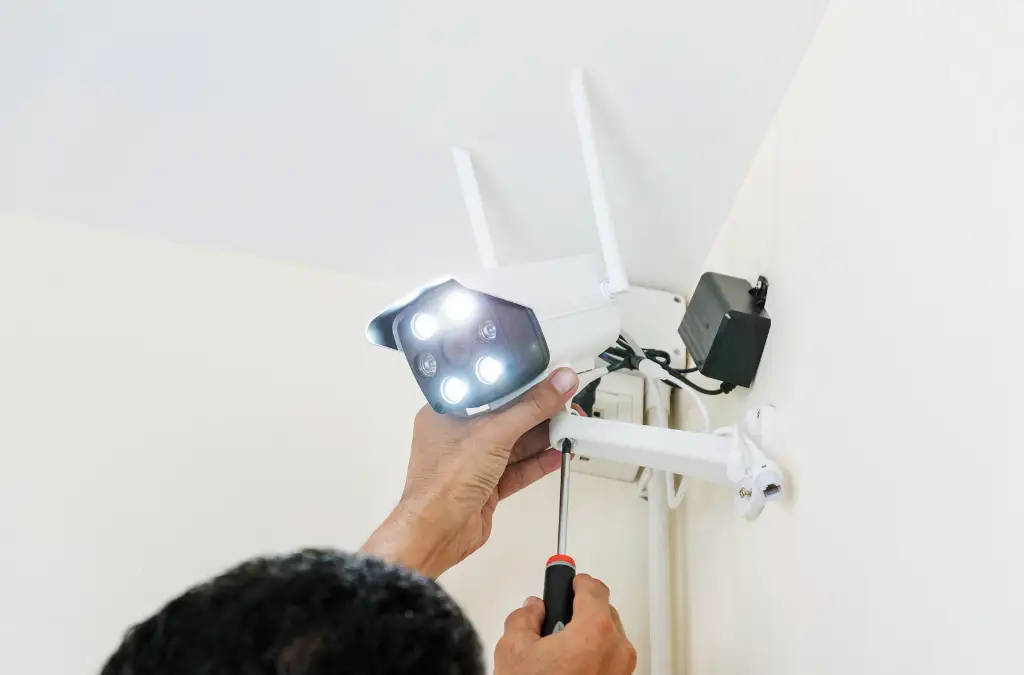
Wireless cameras offer easy installation and flexibility in placement since they do not require wiring. They are ideal for areas where running cables is challenging, such as rental properties or historic buildings.
Understanding Your Security Needs
Before diving into the world of security cameras, it’s crucial to assess your specific security needs. Consider factors such as the size of the area you want to monitor, the level of detail required, and any specific features you prioritize, such as night vision or two-way audio.
Key Features to Consider
1. Resolution
Resolution determines the clarity of the footage captured by the camera. Opt for cameras with higher resolutions, such as 1080p or 4K, for crisp and detailed images.
2. Night Vision
Night vision capability is essential for surveillance in low-light or nighttime conditions. Look for cameras equipped with infrared LEDs for clear imaging even in complete darkness.
3. Motion Detection
Motion detection technology allows cameras to trigger recordings or alerts when motion is detected within their field of view. This feature helps conserve storage space and ensures you are notified of any potential threats.
4. Weather Resistance
For outdoor surveillance, it’s crucial to choose cameras that are weatherproof and built to withstand harsh environmental conditions such as rain, snow, or extreme temperatures.
Installation and Setup
Once you’ve selected the right security cameras for your needs, proper installation and setup are key to maximizing their effectiveness. Follow the manufacturer’s instructions carefully or consider hiring a professional installer to ensure proper placement and configuration.
Investing in the right security cameras is a critical step towards enhancing the safety and security of your property. By understanding your specific needs, exploring different types of cameras, and prioritizing key features, you can make an informed decision that meets your requirements. Remember to consider factors such as resolution, night vision, motion detection, and weather resistance to ensure optimal performance. With the right security cameras in place, you can have peace of mind knowing that your property is well-protected around the clock.
